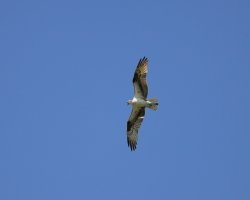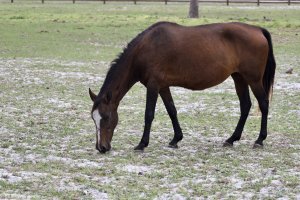You're not looking that hard, it would appear. There's plenty of them out there.
DXO Mark, for instance, said "This is a good score for an ultra-wide lens and among the best tested in this range."
https://www.dxomark.com/canon-rf-16mm-f2-8-stm-lens-review/
The DxO review is emphasises the performance relative to price and size, and doesn't focus too much on the negatives, but still makes it clear:
"Touted as an affordable model, this new lens actually has very good sharpness, especially wide open at F2.8 and at F4 in the center. Stopped down, the sharpness remains relatively high in the centers, though there’s a drop in performance from the middle of the field and out to corners."
Other reviews are based more on real-world applications where the shortcomings have greater implications. It's an intentionally under-designed lens optically to keep the price and size down, and its a decent vlogging and travel lens, but a poor landscaping lens.
This lens has an unusually close minimum focus distance (MFD) for a 16mm lens of 130mm (5.1") and a quite high magnification of 0.26x.
By comparison the RF 14-35mm F4 L IS USM has an MFD of 200mm (7.9") @ 0.38x, and the RF 15-35mm F2.8 L IS USM has a MFD of 280mm or 11.0" @ 0.21x.
Many UWA Canon-compatible lenses from other companies have MFDs of around 200mm (7.9") with 0.15x or less magnification according to TDP.
To quote TDP's article -
https://www.the-digital-picture.com/Reviews/Canon-RF-16mm-F2.8-STM-Lens.aspx
"With a minimum focus distance of 5.1" (130mm), the RF 16mm lens has a relatively high 0.26x maximum magnification spec that allows big perspective size differences to be captured (close subjects appear large relative to background subjects).
With some lenses, image quality takes a hit at the minimum focus distance, but the RF 16 produces minimum focus distance image quality similar to that from longer focus distances.
Focus breathing negatively impacts photographers intending to use focus stacking techniques, videographers pulling focus, and anyone critically framing while adjusting focus. This lens produces a rather strong change in subject size through full extent focus distance adjustment."
What is this lens really for? With roughly half the MFD of similar UWA lenses, high magnification that makes close subjects appear large relative to background, and the unusual fact that image quality at MFD is similar to longer distance focus, this look like a vlogging lens to me, where work is done 'in your face', and objects are frequently brought near the lens for close-ups.
What else are 16mm primes normally used for? It's definitely not a video lens as it has heavy focus breathing. Not a landscape lens as the corners are too smudged due to distortion correction, while stopping down doesn't improve IQ, and focus breathing prevents stacking. Architecture/indoor real estate work needs edge to edge image sharpness, so no good there. Not a choice for astrophotography as the lens has a fair bit of coma at the edges. Allowing for weight, size and cost, it makes an acceptable travel lens if the IQ compromise is acceptable. It's probably a reasonable pocketable 24mm equivalent lens on the new RF-S APSC cameras as the lower IQ periphery is cropped away.






